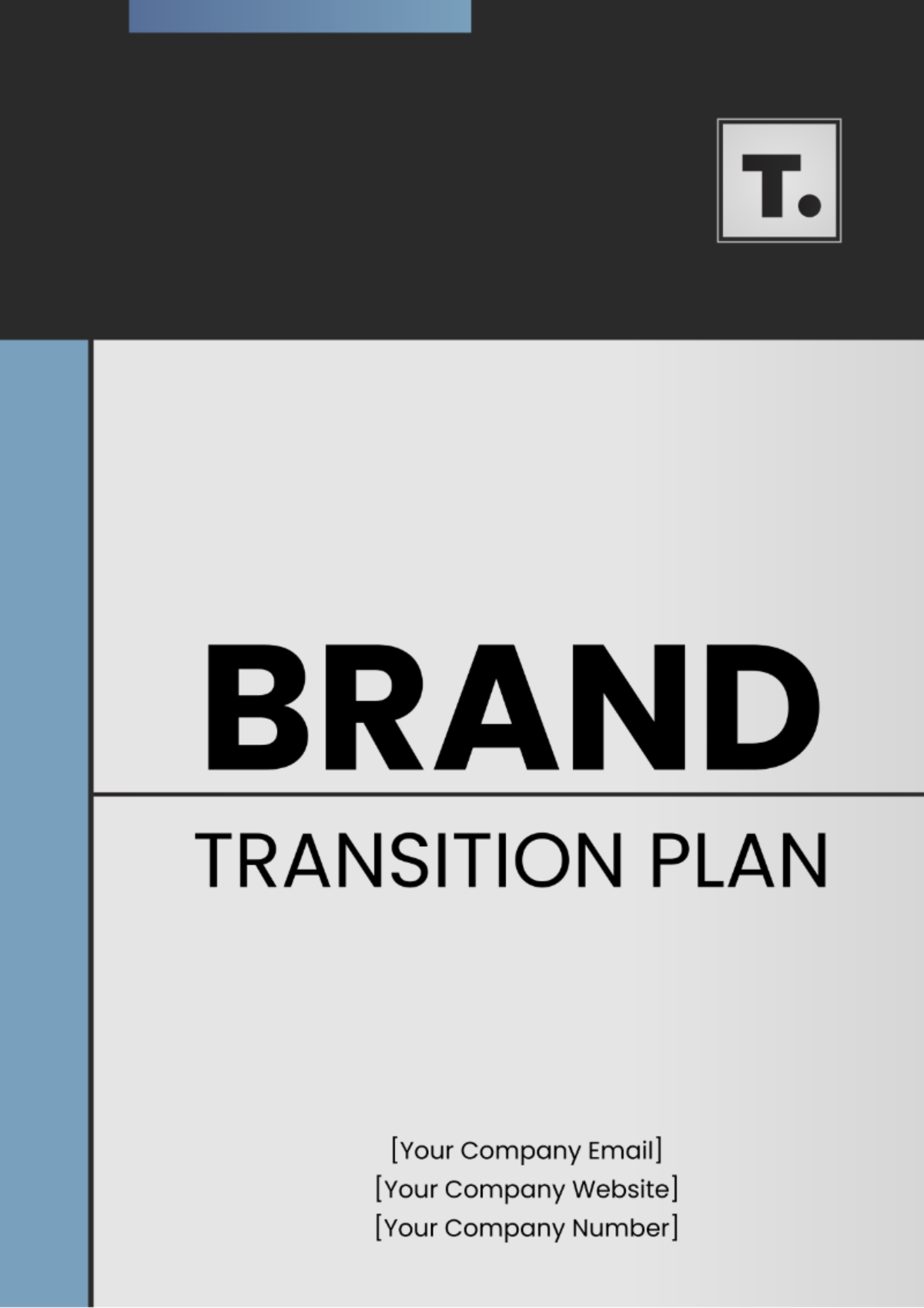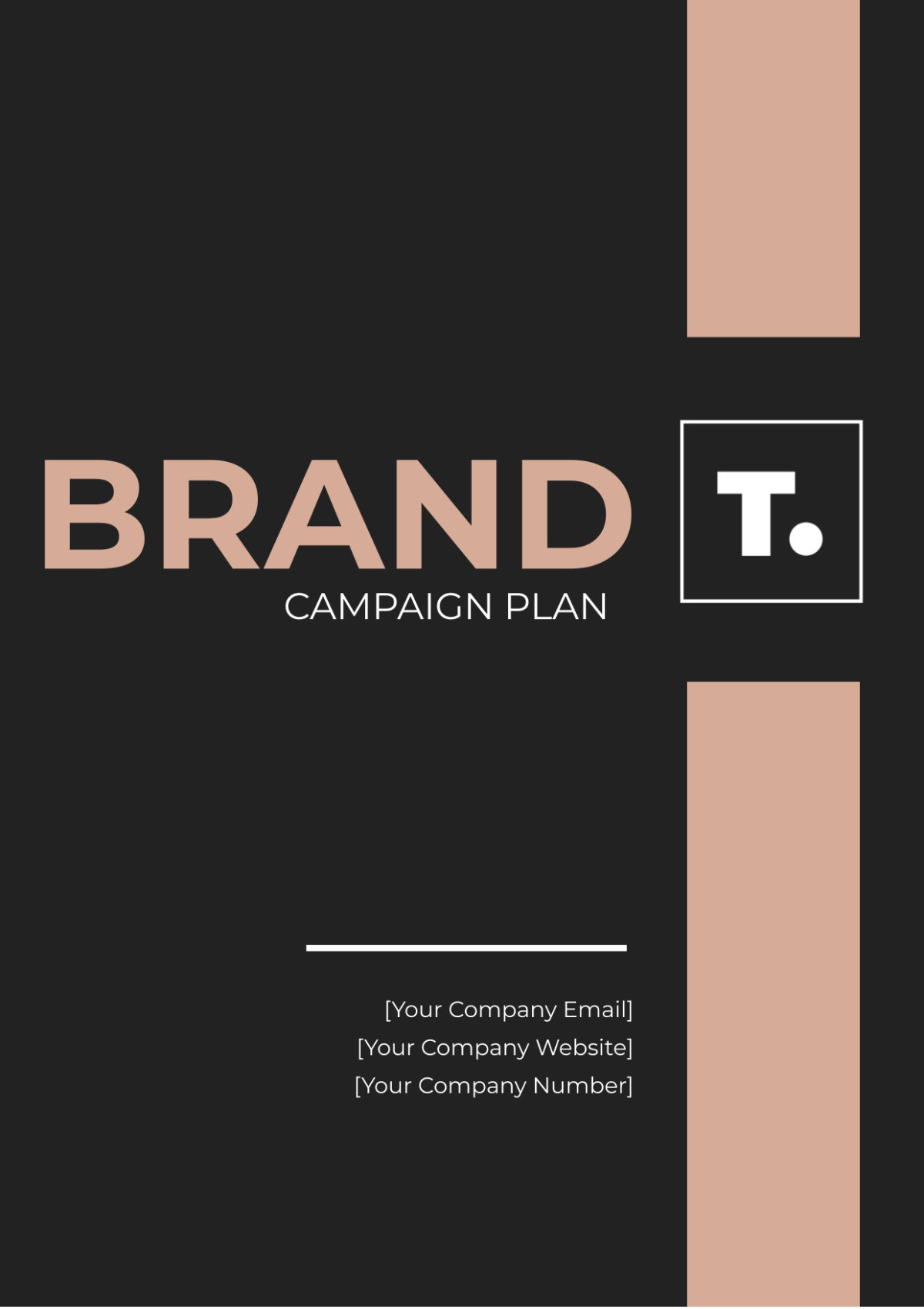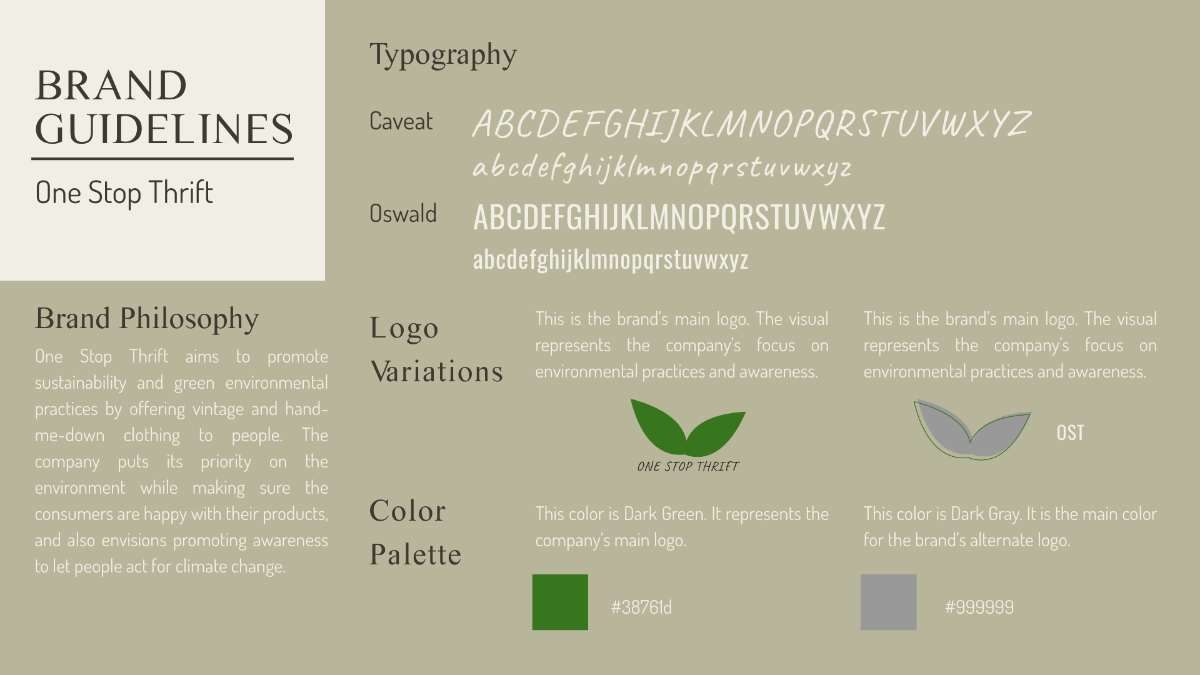Visual Brand Language Advertising Specifications
1. Introduction
This document presents the Visual Brand Language (VBL) Advertising Specifications for [Your Company Name], serving as an essential blueprint to uphold and disseminate our brand's essence in all advertising endeavors. Our VBL is more than just a set of guidelines; it is a strategic framework that embodies the ethos, values, and visual elements that make our brand unique and recognizable. It ensures that every piece of communication, whether in print, digital, social media, or outdoor advertising, resonates with our brand's core identity and message.
The importance of a cohesive VBL cannot be overstated in today's multifaceted advertising landscape. Consistency in brand presentation has been shown to increase revenue by strengthening brand recognition and customer loyalty. Through this document, we aim to provide a clear and detailed outline of how our brand should be visually and tonally represented. This encompasses the use of our logo, color palette, typography, imagery, and overall messaging tone.
Our specifications are designed to be adaptable yet consistent, ensuring that while our brand evolves with market trends and customer preferences, it remains unmistakably "[Your Company Name]". Whether our partners are creating a billboard advertisement or designing a social media campaign, this guide will ensure that all marketing materials reflect our brand's vision, mission, and values. This document is not only a set of rules but a canvas for creative expression under the umbrella of our brand identity.
2. Brand Identity Guidelines
The Brand Identity Guidelines chapter of our Visual Brand Language (VBL) document serves as a cornerstone for all our advertising and branding efforts. It meticulously details the visual elements that define our brand, ensuring consistency and recognition across all platforms. This chapter is vital for anyone involved in creating or disseminating content for [Your Company Name], as it provides a clear framework for how our brand should be visually represented.
The guidelines are segmented into four key areas: Logo Usage, Color Palette, Typography, and Imagery and Graphics. Each area is crucial for maintaining the visual integrity of our brand. For example, the Logo Usage section outlines the specifications for our logo, ensuring it is displayed correctly and consistently, thus maintaining its recognition and impact. The Color Palette section details our brand colors, which are instrumental in creating a visual connection with our audience. Typography guidelines ensure that our textual content is not only readable but also aligns with our brand's character. Lastly, the Imagery and Graphics section sets the standards for the visual content we use, ensuring it aligns with our brand's modern and minimalistic aesthetic.
The following table provides a detailed overview of these key elements:
Section | Element | Specification | Additional Notes |
Logo Usage | Primary Logo Dimensions | 120 x 60 px | |
Logo Clearance Space | 10 px around the logo | ||
Incorrect Usage Examples | Refer to Appendix A | ||
Color Palette | Primary Colors | Hex #004DFF, #FFD700 | |
Secondary Colors | Hex #808080, #FFFFFF | ||
Application Examples | Refer to Appendix B | ||
Typography | Primary Font | Helvetica Neue, Arial (for web) | |
Font Sizes | Headings (24pt), Subheadings (18pt), Body Text (12pt) | ||
Usage Guidelines | Refer to Appendix C | ||
Imagery and Graphics | Style | Modern, Minimalistic | |
Acceptable Image Resolution | Minimum 300 DPI | ||
Usage Restrictions | No violent or explicit content |
Each of these elements plays a crucial role in communicating our brand's identity, and they must be utilized by these guidelines. This ensures that our brand is represented consistently and effectively, fostering brand recognition and trust among our audience.
3. Advertising Media Formats
This chapter of our Visual Brand Language Advertising Specifications delves into the diverse range of media formats that [Your Company Name] utilizes for advertising. The effective use of various media formats is crucial in reaching a broader audience and ensuring that our advertising efforts resonate across different platforms. This chapter provides specific guidelines for four primary advertising media: Print Media, Digital Media, Social Media, and Out-of-Home Advertising. Each format has its unique characteristics and requirements, which are detailed to ensure that our advertising is not only consistent with our brand identity but also optimized for each medium.
The Print Media section focuses on the physical aspects of our print advertising, including the size and material specifications, ensuring that our printed materials are both high-quality and environmentally friendly. Digital Media outlines the technical requirements for our digital content, ensuring clarity and compatibility across various digital platforms. The Social Media section addresses the dynamic and engaging world of social media marketing, detailing our content strategy and engagement goals. Lastly, Out-of-Home Advertising covers the specifications for larger-scale advertisements in public spaces, focusing on maximizing visibility and impact.
The following table provides a comprehensive overview of the specifications and strategies for each advertising media format:
Section | Element | Specification | Additional Notes |
Print Media | Preferred Sizes | A4, A3 | |
Material | Eco-Friendly Paper, 150 GSM | ||
Distribution Areas | Refer to Table 1 in Appendix D | ||
Digital Media | Recommended Resolution | 1080p for videos, 72 DPI for images | |
File Formats | .mp4 for videos, .png or .jpg for images | ||
Placement Strategies | Refer to Appendix E | ||
Social Media | Platforms | [Your Social Media] | |
Content Calendar | Monthly updates (refer to Appendix F) | ||
Engagement Metrics | Likes, Shares, Comments (target growth: 5% monthly) | ||
Out-of-Home Advertising | Locations | Urban Centers, Transit Hubs | |
Size Specifications | Billboards (14 ft x 48 ft), Transit Ads (24 in x 36 in) | ||
Visibility Analysis | Refer to Appendix G |
Through adherence to these guidelines, [Your Company Name] ensures that its advertising content is not only visually aligned with our brand identity but also tailored to maximize effectiveness in each specific medium. This strategic approach allows for a cohesive brand experience, regardless of where and how our audience encounters our advertisements.
4. Message and Tone
The "Message and Tone" chapter is integral to the Visual Brand Language Advertising Specifications for [Your Company Name], as it outlines how our brand communicates with its audience. This chapter goes beyond visual aesthetics to focus on the essence of our brand's voice and the key messages we aim to convey through our advertising. The way our brand speaks, the words we choose, and the overall tone we set play a pivotal role in connecting with our audience and differentiating us from competitors.
The importance of maintaining a consistent voice and tone across all our advertising cannot be overstated. It ensures that our brand is not only recognized but also trusted and respected. Our chosen voice is professional, engaging, and informative, reflecting our brand’s expertise and desire to connect with our audience on a meaningful level. The key messages that we consistently convey – Innovation, Reliability, and Customer-Centricity – are the pillars of our brand's identity, encapsulating what we stand for and what we offer to our customers.
Moreover, this chapter includes a comprehensive list of do's and don'ts (detailed in Appendix H) that provides clear guidance on what is and isn't acceptable in our brand communication. This list is crucial for ensuring that our messaging remains on-brand and aligns with our core values.
The following table breaks down the essential elements of our Message and Tone:
Section | Element | Specification | Additional Notes |
Message and Tone | Voice | Professional, Engaging, Informative | - |
Key Messages | Innovation, Reliability, Customer-Centric | - | |
Do's and Don'ts | Refer to Appendix H | Detailed guidance on appropriate messaging |
This structure ensures that everyone involved in creating and disseminating our brand's message understands the importance of maintaining a consistent tone and message. Whether it's a social media post, an advertisement, or any other form of communication, following these guidelines helps to strengthen our brand identity and build a stronger connection with our audience.
5. Advertising Analytics and Metrics
In this critical chapter of the Visual Brand Language Advertising Specifications for [Your Company Name], we focus on Advertising Analytics and Metrics. This section is dedicated to the measurement and analysis of our advertising efforts, ensuring that our strategies are not only effective but also aligned with our business objectives. The ability to track and understand the performance of our advertising campaigns is essential in today's data-driven marketing environment. It enables us to make informed decisions, optimize our strategies, and demonstrate a clear return on investment.
This chapter outlines the key performance indicators (KPIs) that are vital to assessing the success of our advertising initiatives. These KPIs include Reach, Engagement, and Conversion Rates, each providing valuable insights into different aspects of our advertising effectiveness. To accurately measure these indicators, we utilize various data collection tools like Google Analytics and Social Media Insights, which offer comprehensive analytics capabilities.
Additionally, this section details our analysis frequency, set at a bi-monthly interval, to ensure regular evaluation and timely adjustments to our advertising strategies. It also references a Reporting Template, found in Appendix I, which standardizes the format and content of our analytics reports for consistency and clarity.
The following table provides an expanded view of the Advertising Analytics and Metrics:
Section | Element | Specification | Additional Notes |
Advertising Analytics and Metrics | Key Performance Indicators (KPIs) | Reach, Engagement, Conversion Rates | - |
Data Collection Tools | Google Analytics, Social Media Insights | Tools used for gathering and analyzing data | |
Analysis Frequency | Bi-Monthly | Regular intervals for analysis to track progress and make adjustments | |
Reporting Template | Refer to Appendix I | Standardized format for reporting analytics and findings |
This comprehensive approach to analytics and metrics allows [Your Company Name] to not only track the performance of our advertising campaigns but also to understand the behavior and preferences of our target audience. This insight is invaluable in refining our advertising strategies, enhancing our brand's impact, and achieving our marketing goals.
6. Legal and Ethical Considerations
The "Legal and Ethical Considerations'' chapter is a fundamental part of the Visual Brand Language Advertising Specifications for [Your Company Name]. This section emphasizes the importance of adhering to legal standards and ethical practices in all our advertising activities. In today's rapidly evolving digital landscape, where advertising reaches a global audience, compliance with legal norms and ethical standards is not just a regulatory requirement but also a key aspect of corporate responsibility. This chapter serves as a guide to navigate the complex legalities and ethical dimensions associated with advertising, ensuring that [Your Company Name] maintains its reputation as a trustworthy and responsible brand.
Legal and ethical considerations in advertising involve more than just avoiding lawsuits or regulatory penalties. They are about respecting intellectual property, protecting consumer privacy, adhering to advertising standards, and upholding the values of honesty and integrity in all our promotional activities. These considerations are essential for building and maintaining consumer trust and loyalty, which are invaluable assets for any brand.
The following table expands on each aspect of our legal and ethical considerations, providing detailed information:
Section | Element | Description | Additional Notes |
Legal and Ethical Considerations | Copyright and Trademark Guidelines | Adherence to intellectual property laws; proper use of copyrighted and trademarked material | Ensures respect for the intellectual property of others and protection of our own |
Privacy Policies and Data Usage | Compliance with data protection regulations; ethical handling of consumer data | Critical for maintaining consumer trust and complying with global privacy standards | |
Advertising Standards and Regulations | Adherence to local and international advertising laws and guidelines | Ensures that our advertising is legally compliant and culturally sensitive | |
Ethical Advertising Practices | Upholding standards of honesty, transparency, and respect in advertising content | Prevents misleading or deceptive advertising and maintains brand integrity |
By strictly adhering to these guidelines, [Your Company Name] not only ensures compliance with legal requirements but also reinforces its commitment to ethical practices. This commitment is integral to our brand's identity and is pivotal in fostering a positive and lasting relationship with our audience. Through this conscientious approach, we aim to set a standard for responsible advertising that upholds both our brand values and societal expectations.
7. Appendix and References
Refer to attachments on the following:
[continue on the document or separately attach appendices]
Appendix A: Logo Usage Examples
Appendix B: Color Application Examples
Appendix C: Typography Guidelines
Appendices D-G: Media Formats and Strategies
Appendix H: Messaging Do's and Don'ts
Appendix I: Reporting Template
References: Industry Standards, Legal Documents
Contact Information:
Name: [Your Name]
Email: [Your Email Address]
Phone: [Your User Phone]
This document is confidential and intended for the use of [Your Company Name] only.

















































